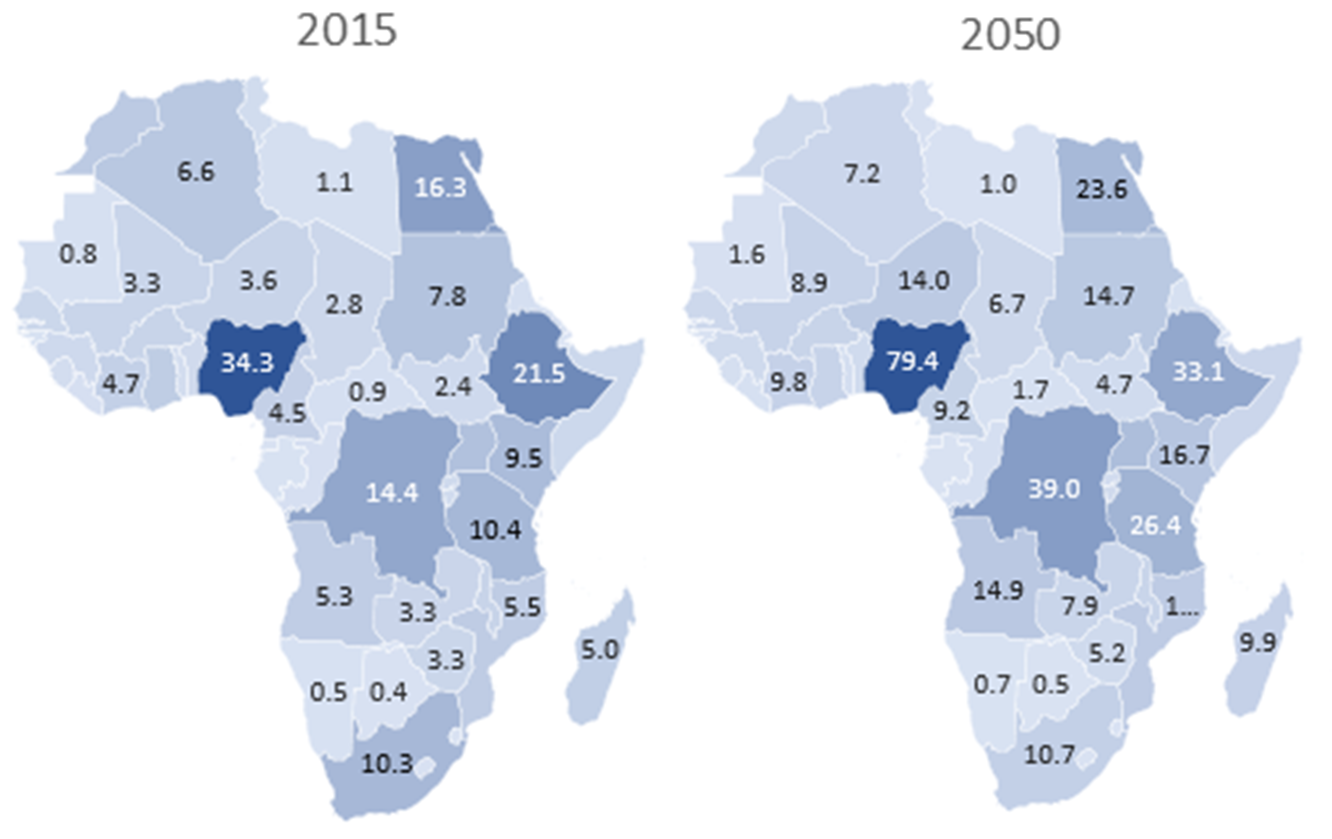As graduation season comes to a close, we wanted to highlight what scholars are saying about the state of education systems and policies for reform. This week, we learned about the national postsecondary gap, the characteristics of universities in the Mountain West, and the future of education in sub-Saharan Africa. Take a look at these three charts on education policies and click on any of the links to access the full research.
Postsecondary education can be a force for social mobility, but gaps remain
In “Gown towns: A case study of Say Yes to Education,” Brookings experts explain how initiatives designed to “level the playing field” and promote inclusion and equity in postsecondary education can boost social mobility. Their report considers several case studies and suggests reforms designed to help close the gap in educational outcomes.
Public universities in the Mountain West serve different communities
In a new paper for the Middle Class Memos, Economic Studies Senior Fellow Richard Reeves analyzes the state of the middle class in the American Mountain West. Using data from the Equality of Opportunity project illistrated in the chart below, Reeves describes how the economic classes that colleges and universities cater to vary widely by institution.
As youth populations rise in sub-Saharan Africa, education attainment is critical for growth
Indermit Gill and Kenans Karakülah of Duke University describe education as one of three critical deficits holding sub-Saharan Africa back, being at the core of other problems on the continent, and in need of reform. While access to education has increased over time, sub-Saharan Africa still lags behind other regions, and student to teacher ratios have worsened. As Gill and Karakülah point out and the chart below shows, sub-Saharan Afraica’s youth population is expected to double by 2050, which could lead to increased savings, productivity, and economic growth if people are adequately skilled and healthy.
Number of Youth in Africa (million)
Lea Kayali contributed to this post.
The Brookings Institution is committed to quality, independence, and impact.
We are supported by a diverse array of funders. In line with our values and policies, each Brookings publication represents the sole views of its author(s).



Commentary
Charts of the week: Education policies around the world
June 15, 2018